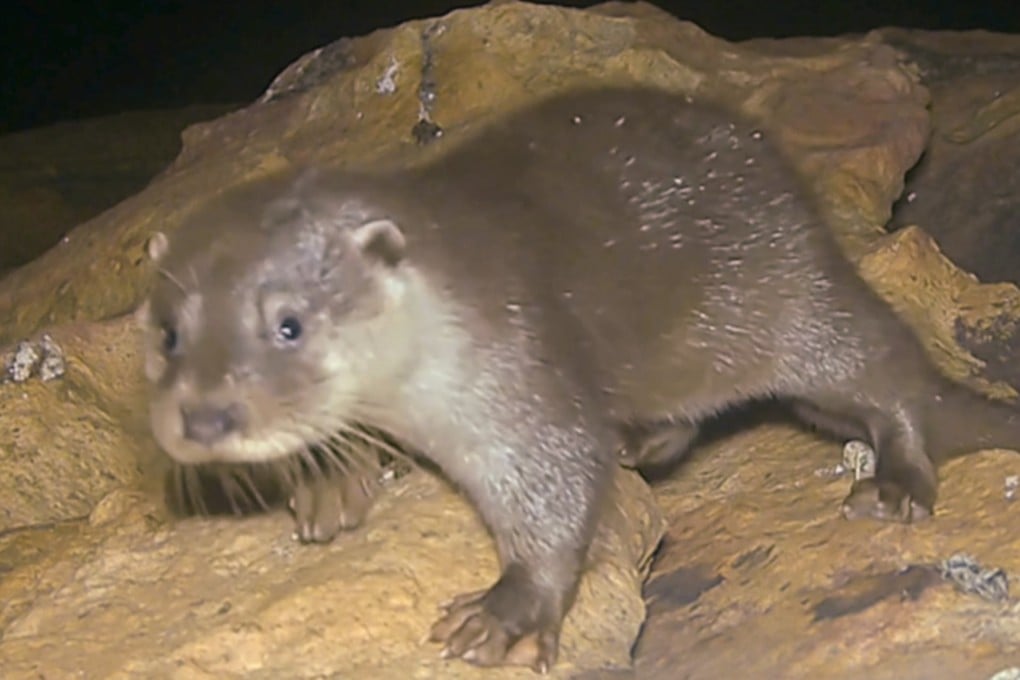Rare discovery in Hong Kong river overturns past beliefs about city’s endangered otters
- NGO finds traces left by Eurasian otter during study of the Ng Tung River near Sheung Shui’s urban centre in February

Hong Kong’s endangered river otters are inhabiting broader tracts of the city than previously thought, scientists have said after discovering signs the mammals have ventured into local streams previously considered to be too polluted for them.
Researchers from Kadoorie Farm and Botanic Garden found fresh secretions from an Eurasian otter while conducting a study of the Ng Tung River near the urban centre of Sheung Shui in February, the first indicator the mammals might also inhabit water channels close to urban areas.
Yang Jianhuan, manager of the NGO’s Kadoorie conservation China department, said the location was the easternmost recorded trace of the mammals found in recent years and overturned past conclusions that the otters only stayed in protected wetlands, mangrove thickets and fish ponds in Mai Po, Lok Ma Chau and San Tin.
“There had not been any records of otters in the city’s rivers,” he said. “This is particularly meaningful because the biggest problem facing otters in Hong Kong is the shrinking of their already few habitats.”
Eurasian otters are believed to be the rarest and most threatened terrestrial mammal species in Hong Kong, with a 2019 study by the University of Hong Kong suggesting that only seven remained in the city.
The mammals are considered critically endangered in the region and are a near-threatened species worldwide.
